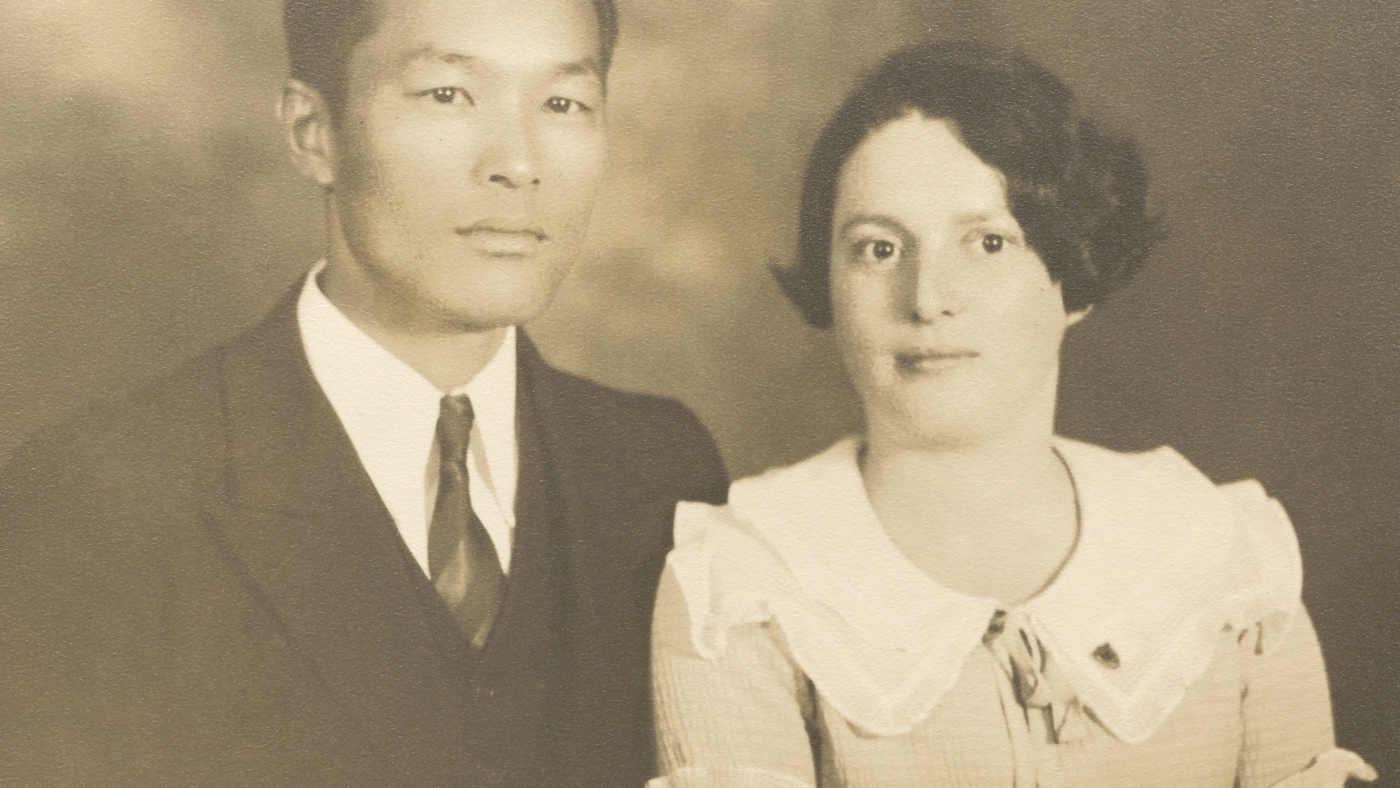In 1942, a mother faced a heart-wrenching choice: send her young son to a detention center without her or follow him to a concentration camp. This is the story of Elaine Buchman Yoneda, a Jewish American labor activist, as captured in Tracy Slater’s book, Together in Manzanar: The True Story of a Japanese Jewish Family in an American Concentration Camp.
The narrative unfolds against the backdrop of World War II, following the attack on Pearl Harbor. In February 1942, President Franklin D. Roosevelt signed an executive order allowing the forced removal and incarceration of Japanese Americans. This decision led to the confinement of around 120,000 individuals, two-thirds of whom were U.S. citizens.
Elaine chose to enter the Manzanar camp with her half-Japanese son, Tommy, while leaving her white daughter, Joyce, behind. After the war, both Elaine and her husband felt deep anger and confusion. They fought for reparations but later questioned if they should have resisted more. Slater notes, “It was understandably hard for them to make peace with some of the choices that they made.”
Slater recently spoke with NPR about the harrowing experiences at Manzanar. Life in the camps was dire. Families lived in cramped barracks with minimal amenities. Food often spoiled, leading to illness. Conditions were so bleak that many struggled to maintain basic hygiene, with little sanitation.
Elaine’s husband, Karl, a U.S. citizen with Japanese ancestry, was also rounded up in the mass arrests. This reality reflected a harsh mindset in the U.S. during that time; anyone with Japanese heritage was considered a threat, regardless of their citizenship or age.
In today’s context, the book feels especially relevant. Slater argues that the history of Japanese American incarceration mirrors current discussions about immigration and detention policies. She emphasizes the urgency of examining how fear and unfounded narratives about danger can lead to dark moments in history. This perspective resonates as debates around immigration continue to heat up, reminding us of our past mistakes.
Through the lens of personal stories like Elaine’s, Slater not only sheds light on a challenging period in American history but also encourages reflection on how societal decisions impact real lives. The lessons drawn from that era should prompt careful consideration of how we treat vulnerable populations today.
For a deeper understanding of the historical context, consider exploring more about this period through resources like the U.S. Department of the Interior’s National Park Service, which provides detailed accounts of the experiences of Japanese Americans during World War II (National Park Service).





















